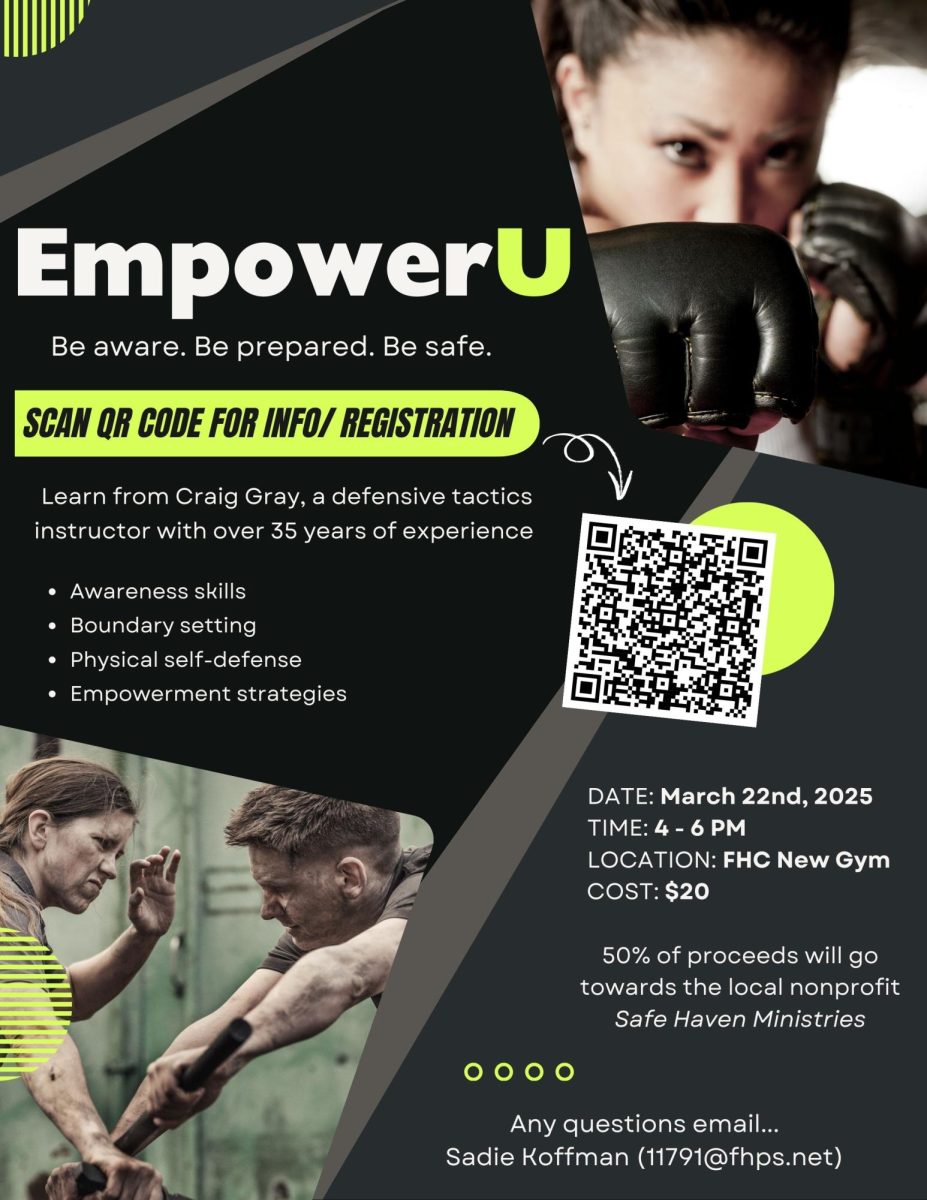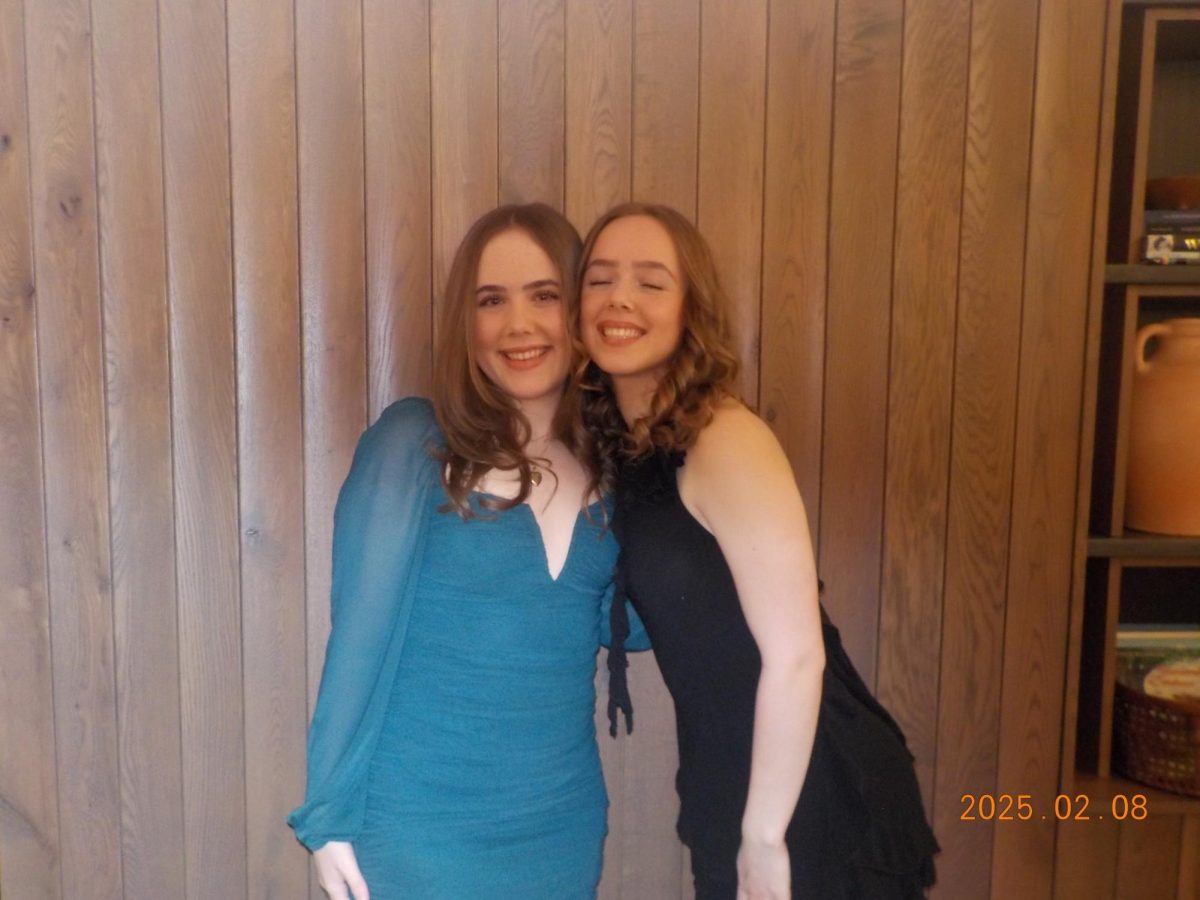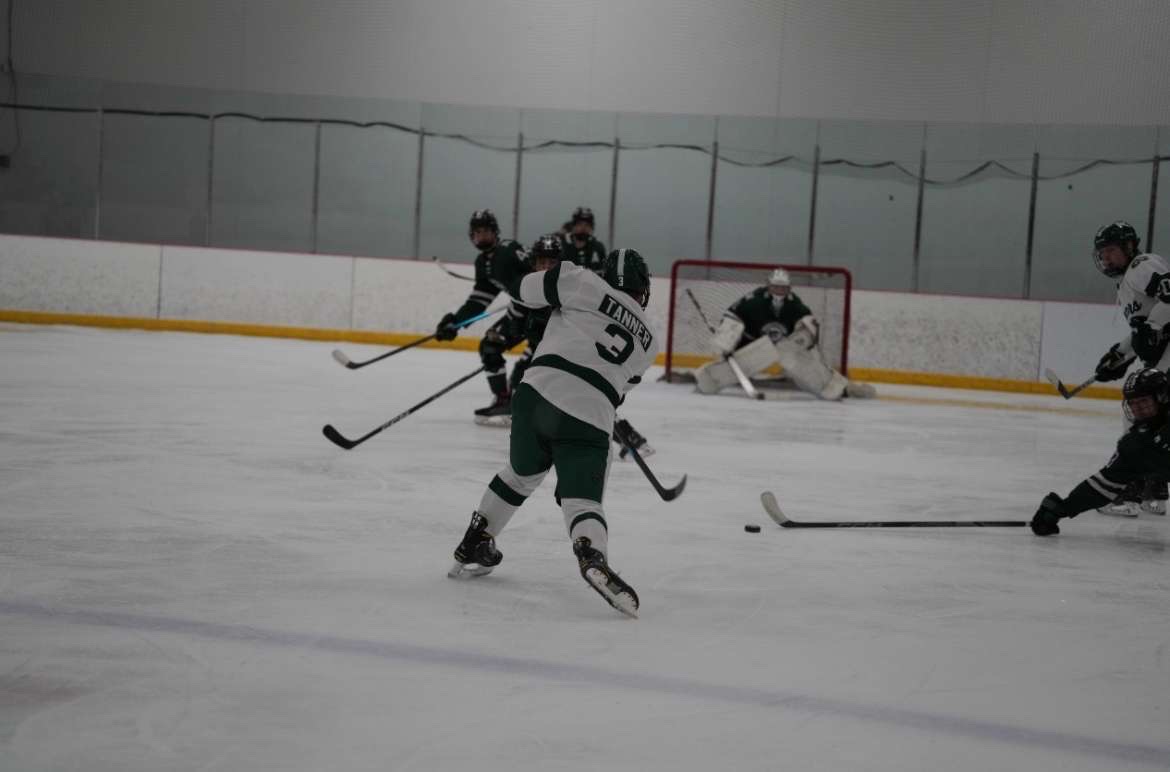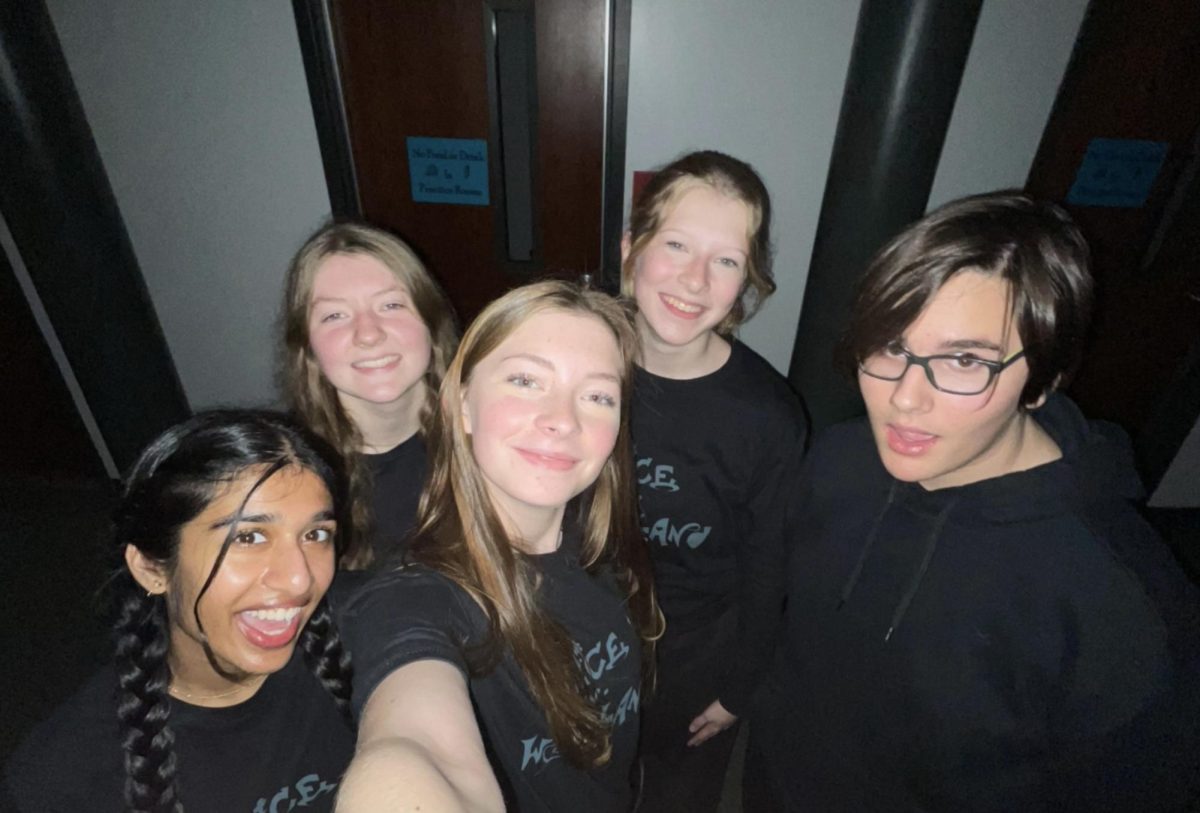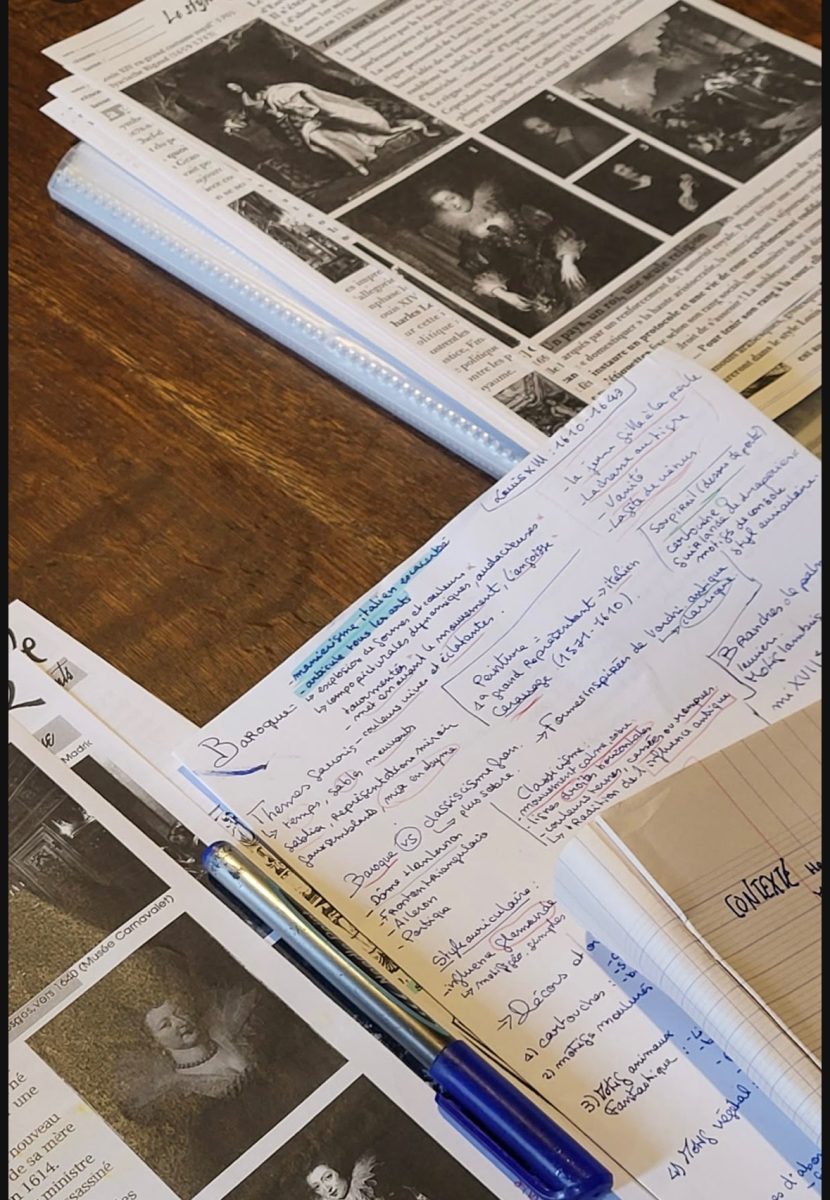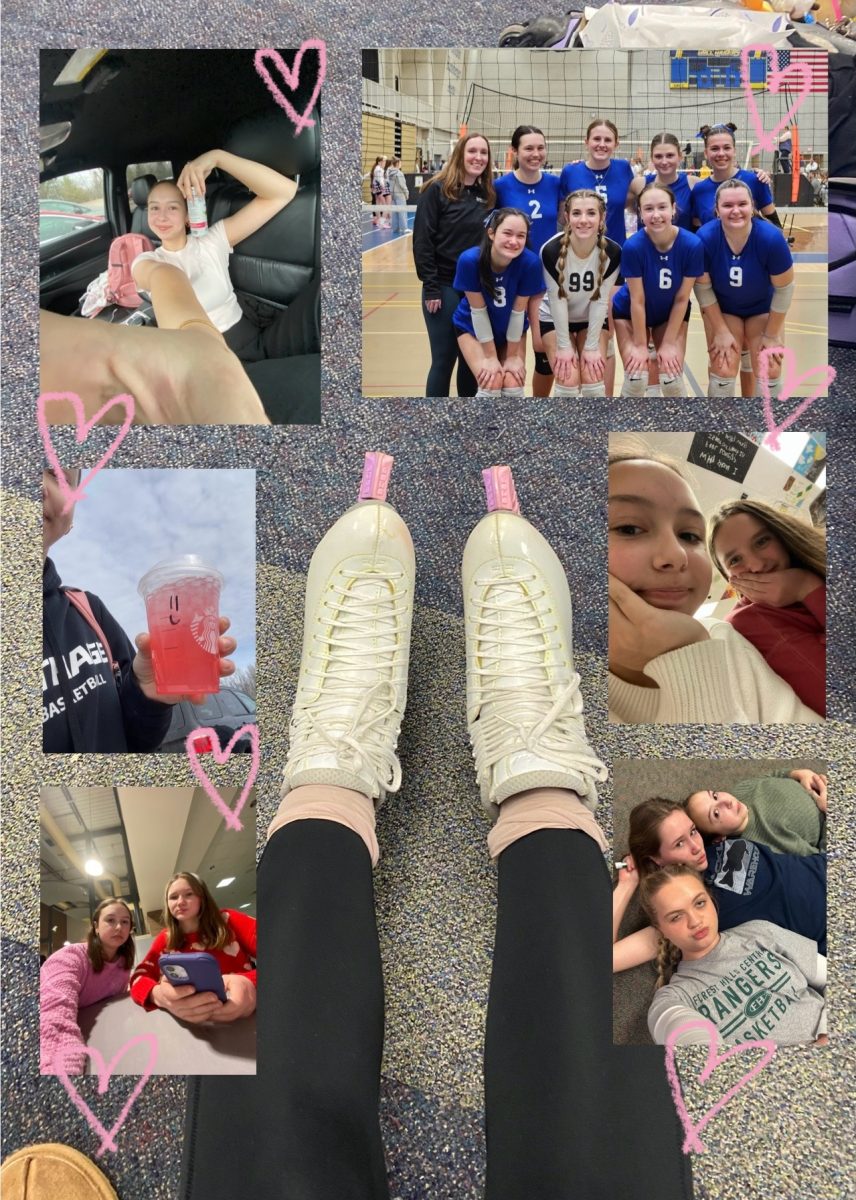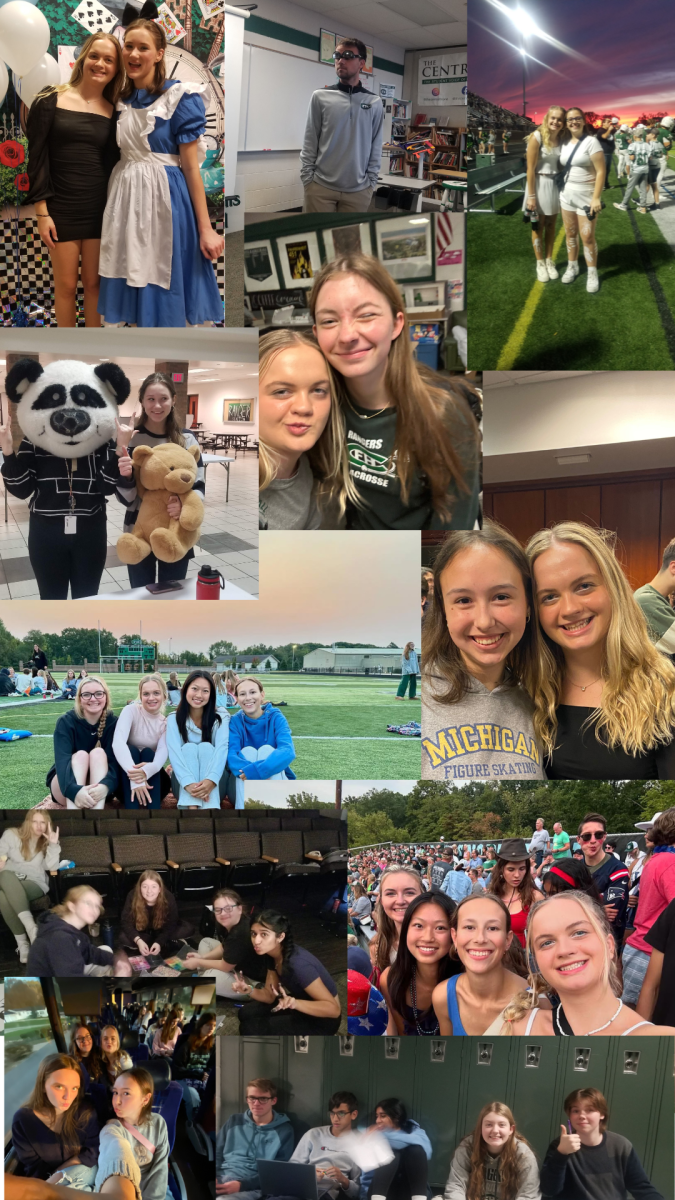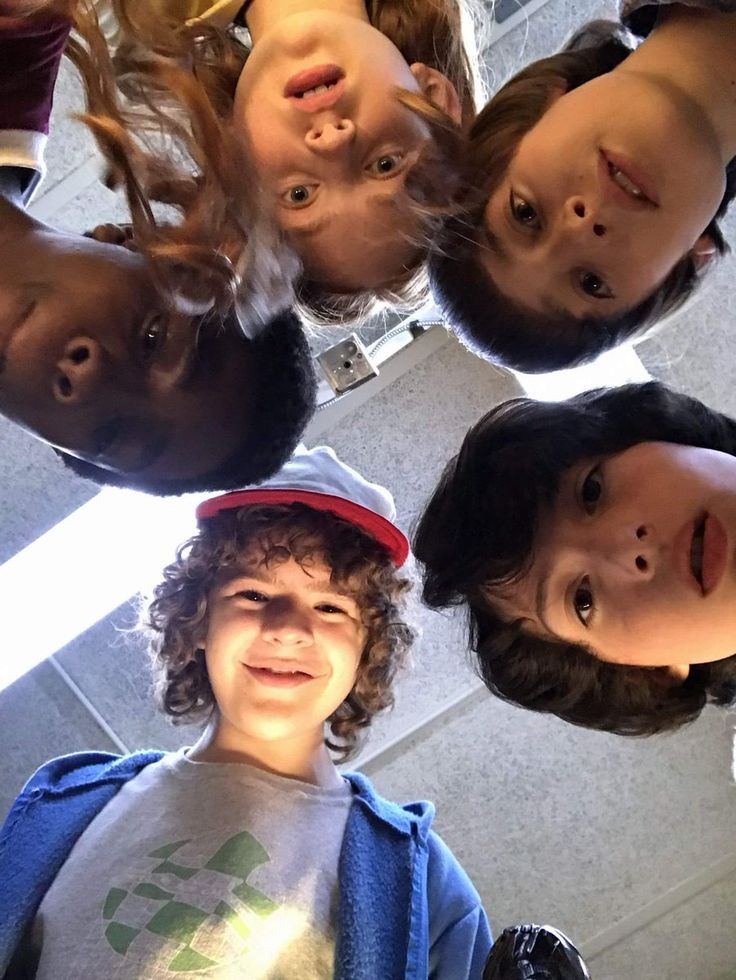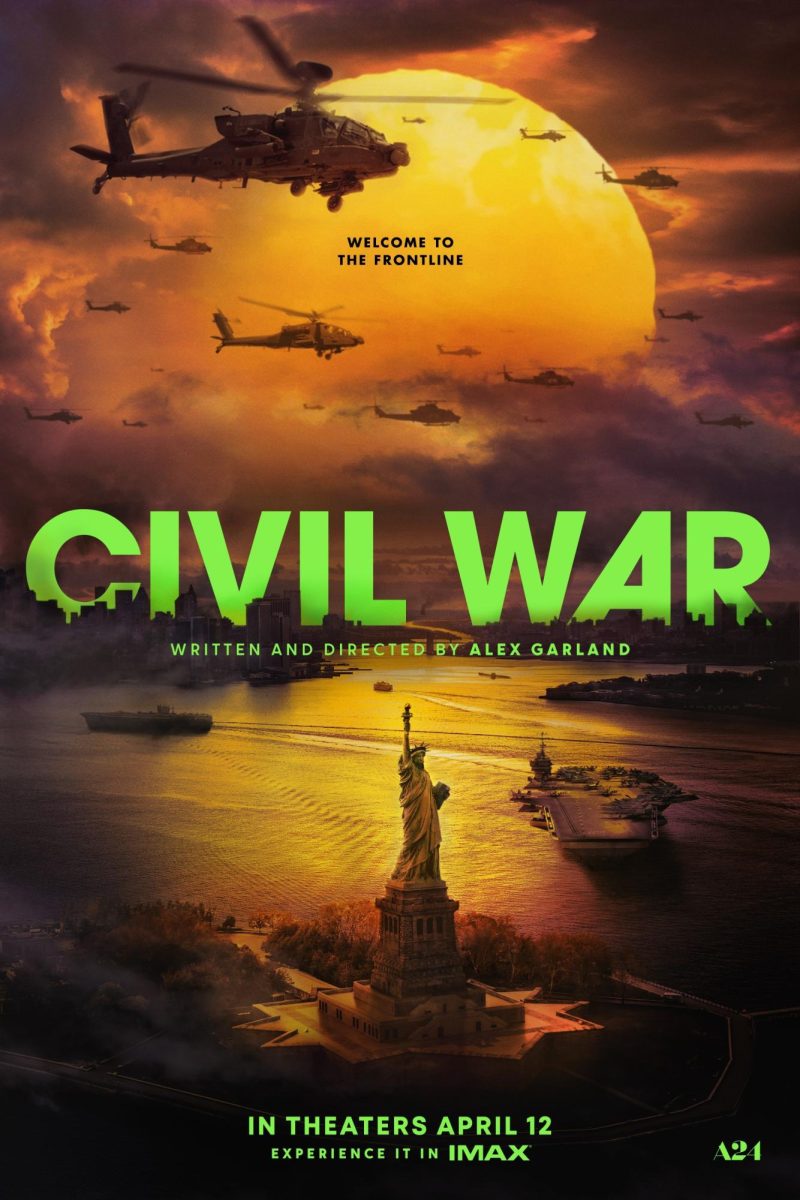Reflecting the tumultuous state of the United States in the early 2020s, Alex Garland’s Civil War depicts the country’s demise.
Set in the near-future, the U.S. has split into factions, with the Western Forces (also referred to as the WF) quickly encroaching upon the Northeastern region of the country. Made up of a seceded California and Texas, the WF’s strength shows little mercy, even to the seemingly innocent. In addition to their savagery, the Northwestern U.S. has formed a coalition called the New People’s Army, and the Florida Alliance has allied the southern states together. As the last remaining strand of normalcy and allegiance to the federal government, the middle states of the country have been dubbed the Loyalty States.
The various factions—that leave mass death and disarray in their wake—have the aim of murdering the president.
Capturing the otherworldly state of the disbanded nation, the film centers on photojournalist Lee Smith—played by longtime movie star Kirsten Dunst—who chases the wartime action. As a large fan of Dunst’s previous works, she was one of the sole reasons I wanted to watch Civil War initially.
Not knowing much else about the film besides its basic plot and main actress, I was slightly shocked and confused when I found out who the film’s other main star was. Cailee Spaeny, rising actress whose big break came in the 2023 film Priscilla, played the young, aspiring photojournalist Jessie Cullen.
Being that both of these lead actresses previously starred in hit films from director Sofia Coppola, I had to double check to make sure that Coppola wasn’t involved in the movie’s production process. While, unfortunately, my favorite director wasn’t credited in this release, there was an ode to her debut film The Virgin Suicides with Dunst, who starred in the 2000 movie.
One of the most famous scenes from the Detroit-based motion picture features Lux Lisbon, played by Dunst, lying on her school’s football field as sullen, blue lighting envelops the frame. In Civil War, a slightly older Dunst lies in a comparable grassy area, and a similar camera angle captures her pensiveness.
The connections between the A24 release and Coppola’s collection spanned further, however, as the two’s companionship helped land Spaeny her breakout role in Coppola’s Priscilla. While Priscilla was released five months prior to Civil War, the dystopian film began production before Coppola’s biopic. Under Dunst’s recommendation, Coppola hired Spaeny for the part of Priscilla, leading to the 26-year-old’s emergence into the spotlight.
Having loved Priscilla, I had a difficult time seeing Spaeny in Civil War without thinking of her as Ms. Presley. Nonetheless, Spaeny carried out the role of ambitious Jessie excellently. Spaeny captured the girl’s eagerness to follow in the footsteps of her photojournalist foremothers and her commitment to experiencing all the thrills that the dystopian world has to offer.
During a suicide bombing in New York City, Lee helps Jessie to escape the violence, and the pair’s paths converge for the first time. Even so, when the girl joins Lee and friends on a roadtrip to Washington D.C., the experienced photographer is anything but excited. Thinking that Jessie is too young and fragile to encounter the depths of war, Lee’s already deadpan personality turns bitter.
Regardless, as the film progresses, Lee grows into a mother-figure for the girl, ultimately leading to monumental plot twists at the movie’s end.
With the storyline focused on the journeys of photojournalists, accordingly, the cinematography consists of many photographic elements. For example, during overstimulating, action-packed scenes, the chaos was often interluded with various snapshots of the spectacle, captured by either character. In doing so, the movie differentiates itself from the all-too-many (largely similar) war films that populate the industry.
With photos breaking up the tumultuous scenes, certain moments of the violence were highlighted over others. These freezings of time omitted audio as well, emphasizing the images captured on camera. With all too many action movies being packed-full of repetitive fight scenes, these breaks in movement made the film more digestible.
While sometimes, but not always, inserted during moments of photography, intervals of silence played a large part in the film’s cinematic style. Overall, the movie experimented with many different levels of volume, with various instances of pure quiet followed up by ringing gun shots. While extremely jarring, this helped to transport the audience into the film, making them almost as frightened as the scenes’ characters.
By stepping into their shoes, the audience was able to experience the significance of the moments Jessie, Lee, and their companions go through. Particularly during the most catastrophic scenes at the film’s end, the surreality of the journalist’s circumstances is conveyed. As they are the only people to capture immensely historical scenes, the cinematography (visuals, snapshots, etc.) helps the audience to realize how dreamlike it would be to capture the downfall of the nation.
On the whole, the film had a relatively simple premise, with the main plot being the road trip to the country’s capital. While this is different from the increasingly convoluted storylines of most movies today, I enjoyed the directness of the narrative.
Additionally contributing to the straightforwardness of the plot, there seemed to be greater focus on cinematography over the storyline—a characteristic not surprising for an A24 work. With minimal dialogue, the importance of the film’s visuals was emphasized. The many special effects included made it so, understandably, Civil War has been A24’s highest budget production.
Not only did these optical additions make the movie gory and unsettling, they also helped to convey a theme of the film. Noticeably, in a scene in which the characters drive through a sparkling, nighttime fire, the message that it’s possible to find beauty in destruction is represented. This also shows how, even though the country’s bloody engagement is horrible for virtually all involved, the characters find a thrill in chasing the chaos.
While I wouldn’t consider Civil War to have been the best A24 project I have seen, it undoubtedly trumps the majority of action films I’ve watched. And, for that matter, most dystopian movies. By building off of some of the country’s recent turmoil, the movie captures the elusiveness of the futuristic genre while simultaneously maintaining its element of relative realism.






